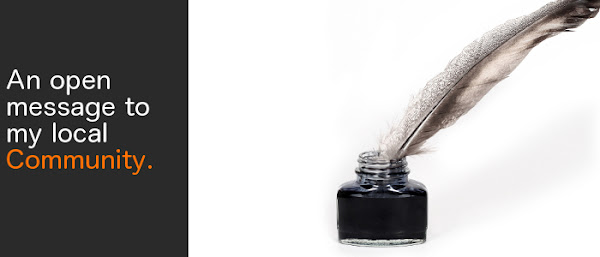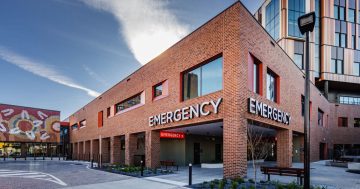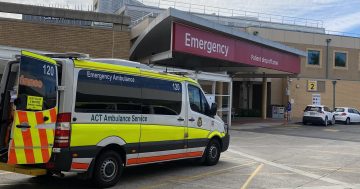
The Impacted Nurse has tweeted us (and Jeremy Lasek showing a keen understanding of who runs this town) with his concerns for the upcoming flu season and the impacts it has on the emergency department.
@The_RiotACT @LasekJeremy
An open post to my community: http://t.co/R03pNfp6— Ian Miller (@sick_maps) January 22, 2013
I have been working as a nurse in the emergency department for many years now. During the winter season, we see a large increase in demand for hospital in-patient services from our community.
Typically, this quickly overloads our hospital bed capacity. With the hospital full, patients presenting to the emergency department (ED) that require admission have no-where to be sent, and must remain in the ED until a bed becomes available.
This inability to access in-patient beds is known as access block. It leads to a situation known as emergency department overcrowding.
With no-where to place these admitted patients, and a vital need to keep treating new arrivals, inevitably patients are moved into our corridors and other non-clinical areas.
There are now many studies that show these patients, and indeed all patients cared for within this overcrowded environment, are at a significantly increased risk of morbidity and mortality (that is, an increased risk of poorer health outcomes or even death).
An overcrowded, high-stressed emergency department needing to care for its usual workload and the additional workload of patients waiting to access the hospital, quickly becomes demoralised, exhausted and at increased risk of medical errors & accidents.
He offers some suggestions (an end to quarantining the overflow to the emergency department) but also asks that our health leaders start planning for the entirely predictable inflow.
Here’s hoping.



















